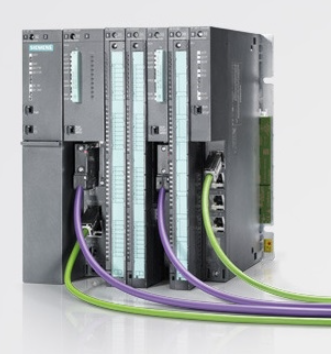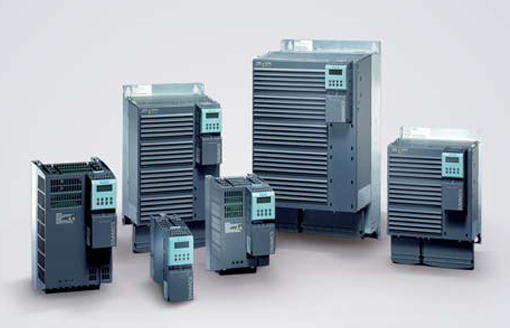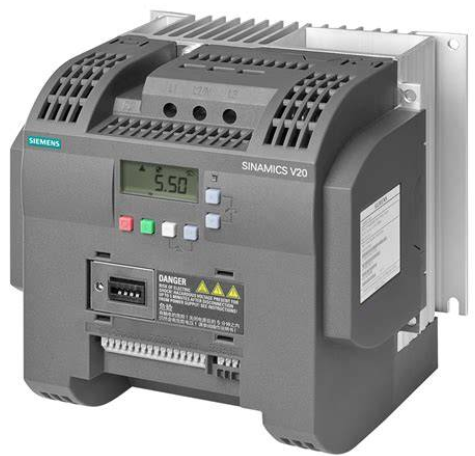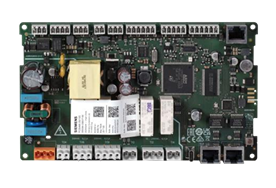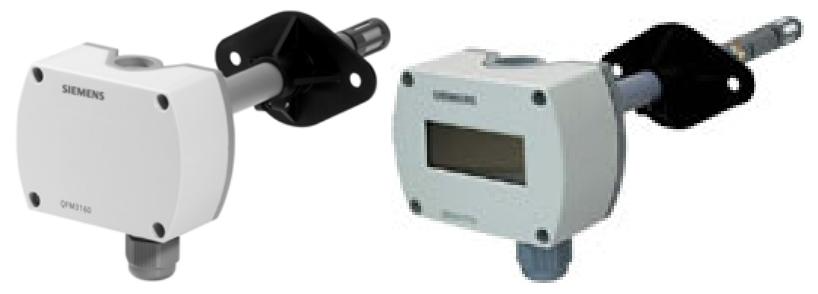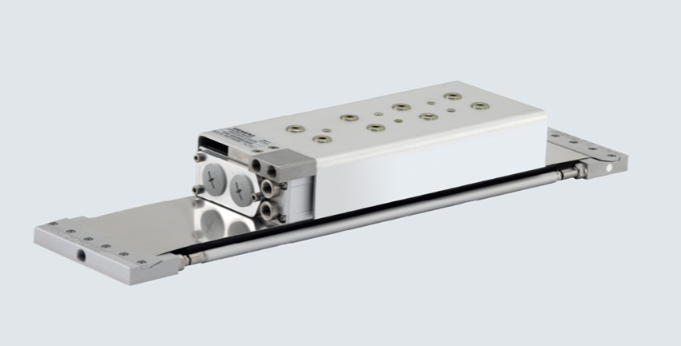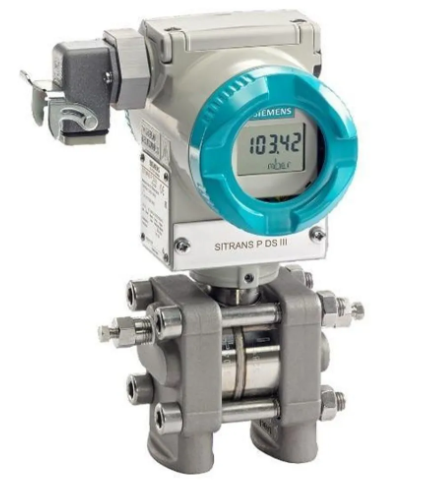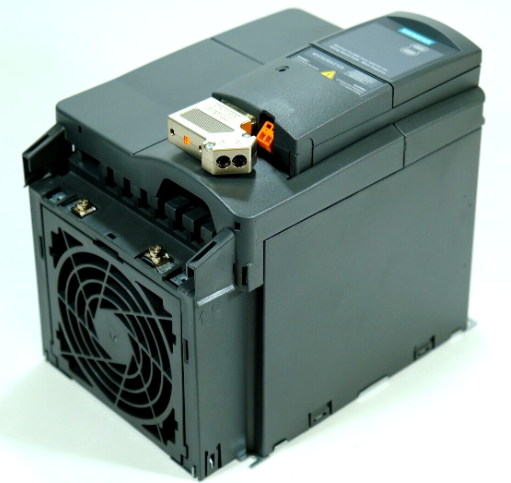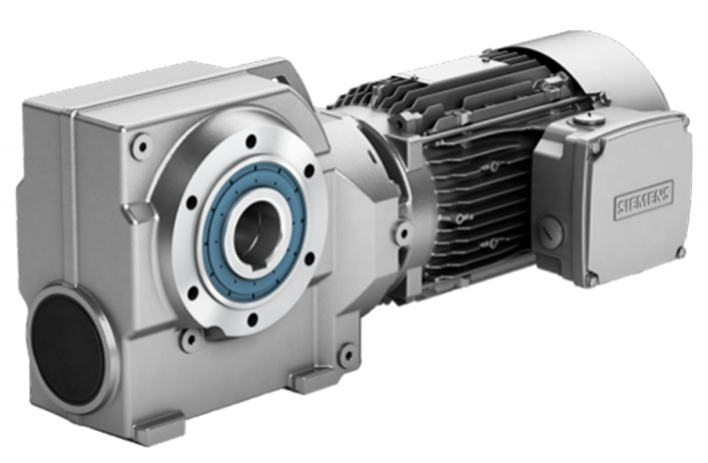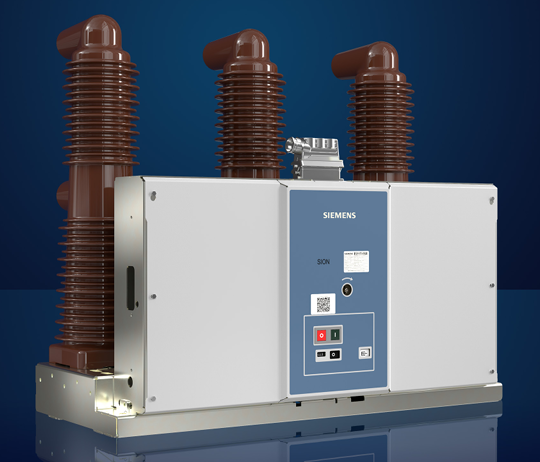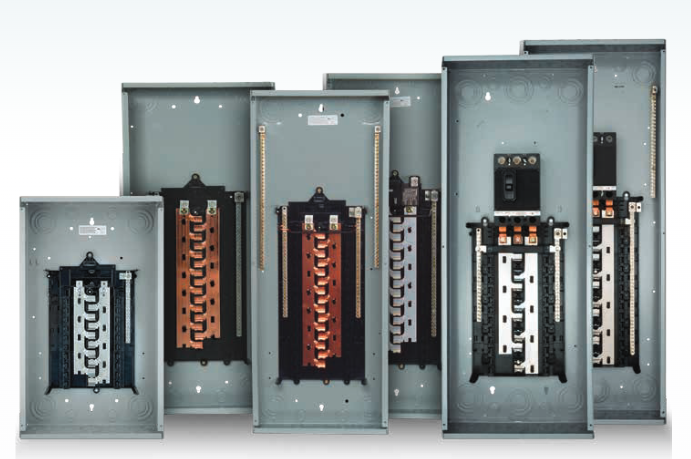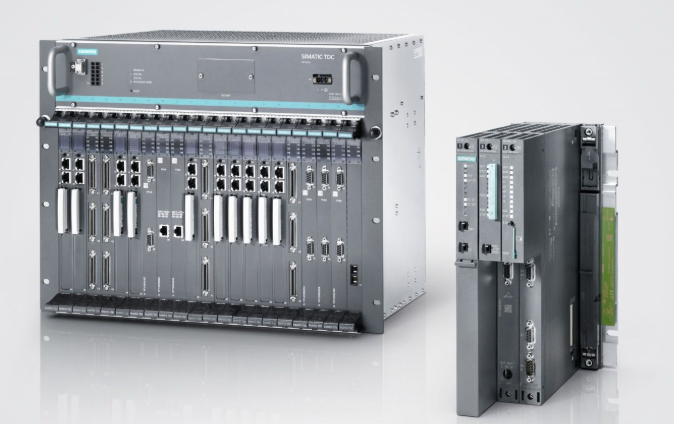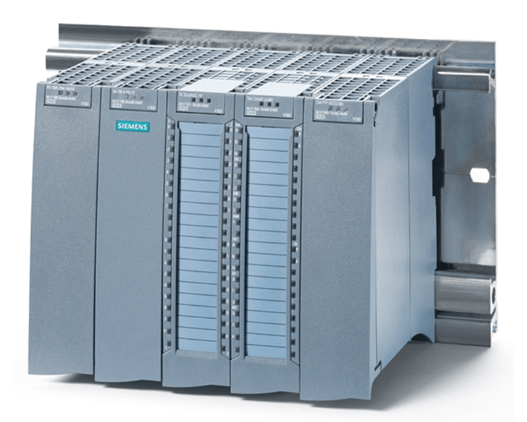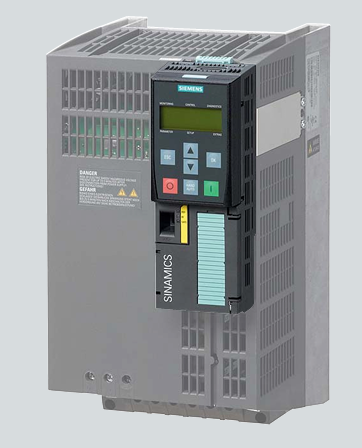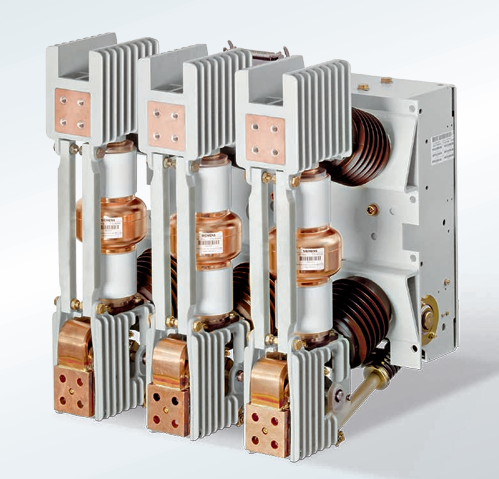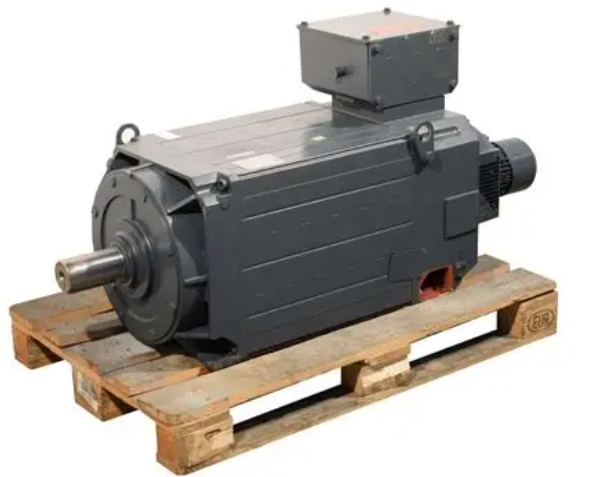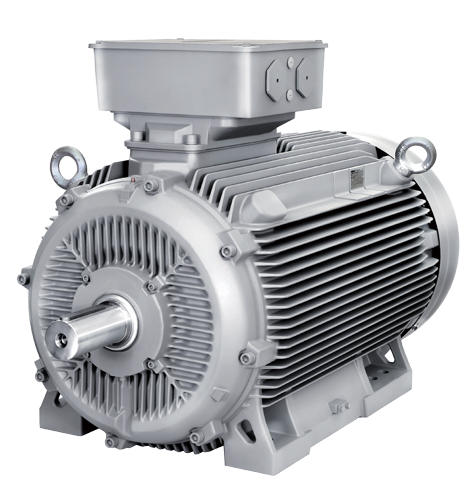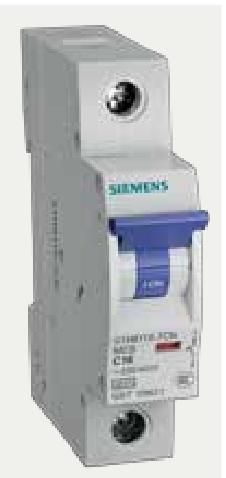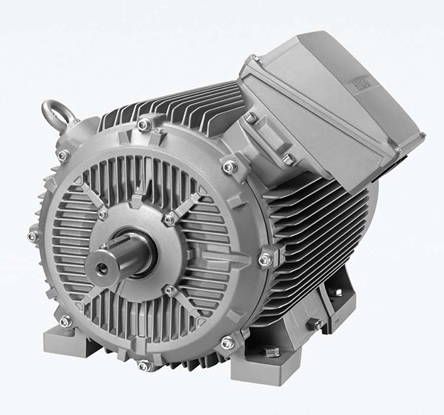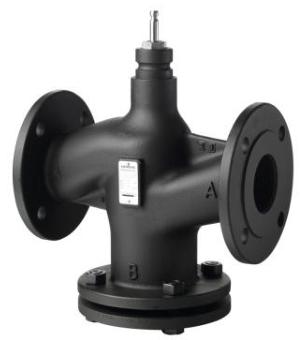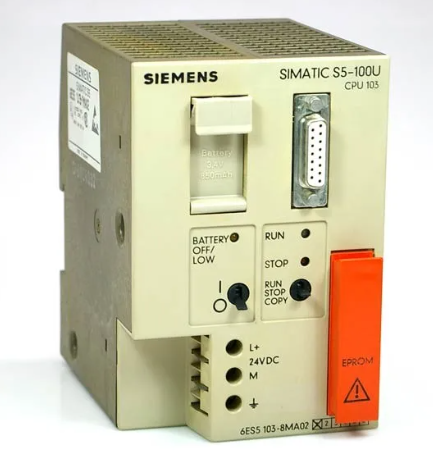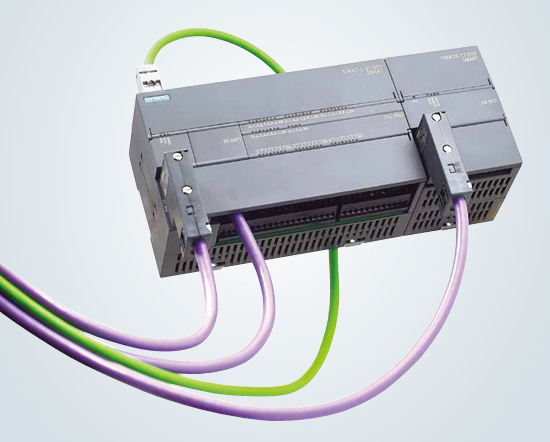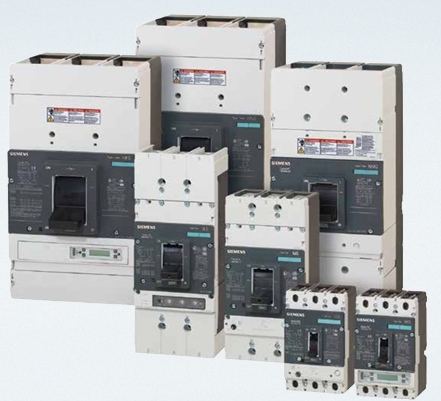FOXBORO P0800DG is an industrial grade high-performance standard communication protocol module, positioned as a "heterogeneous interconnection hub" for industrial automation systems. Its main functions include implementing FOXBORO I/A Series ® The communication protocol conversion and data interaction between the control system and the third-party equipment (such as Siemens, Rockwell PLC), the upper computer system (MES/ERP) and the industrial Internet platform support uploading the real-time control data and equipment status information of the control module (such as P0800DA, P0800CE) to the monitoring or management system through the standardized protocol, while receiving the instructions issued by the upper system and converting them into the signal format recognizable by the control module.
FOXBORO P0800DG Standard Communication Protocol Module
Basic overview of module
FOXBORO P0800DG is an industrial grade high-performance standard communication protocol module, positioned as a "heterogeneous interconnection hub" for industrial automation systems. Its main functions include implementing FOXBORO I/A Series ® The communication protocol conversion and data interaction between the control system and the third-party equipment (such as Siemens, Rockwell PLC), the upper computer system (MES/ERP) and the industrial Internet platform support uploading the real-time control data and equipment status information of the control module (such as P0800DA, P0800CE) to the monitoring or management system through the standardized protocol, while receiving the instructions issued by the upper system and converting them into the signal format recognizable by the control module. This module adopts a "multi protocol engine+parallel processing" architecture, with multiple independent protocol processing units built in. It can run multiple mainstream industrial protocols simultaneously without interfering with each other. A single module can meet the integration requirements of complex heterogeneous systems, greatly simplifying system architecture and wiring costs. Its built-in communication diagnosis and fault recovery mechanism, combined with industrial grade anti-interference design, can ensure real-time and reliability of data transmission in complex industrial environments.
Core functional characteristics
1. Multi protocol parallel processing to solve the problem of heterogeneous integration
The P0800DG module is equipped with 8 independent protocol processing cores and supports the simultaneous operation of 16 mainstream industrial communication protocols, including industrial Ethernet protocols (PROFINET, EtherNet/IP, Modbus TCP, EtherCAT), fieldbus protocols (Modbus RTU, PROFIBUS-DP, DeviceNet), and Internet of Things protocols (MQTT, OPC UA). It can flexibly adapt to PLCs, sensors, actuators, and upper computer systems from different manufacturers. The module supports dynamic configuration and online switching of protocols, and can modify protocol types and communication parameters without restarting the module. For example, it can simultaneously achieve PROFINET communication with Siemens PLC, EtherNet/IP communication with Rockwell PLC, and MQTT data upload with cloud platforms, solving the problem of heterogeneous integration caused by "protocol barriers" in traditional industrial systems.
2. High speed data transmission to ensure real-time requirements
The module is equipped with 4 Gigabit Ethernet interfaces and 2 redundant fieldbus interfaces, using a hardware level data forwarding engine and DMA (Direct Memory Access) technology. The data transfer rate can reach up to 1Gbps, and the protocol conversion delay is as low as 50 μ s, ensuring fast interaction of real-time control data. For example, in a large automotive welding production line, the operational status data of industrial robots (collected through PROFINET) can be converted into Modbus TCP protocol and uploaded to the FOXBORO control module within 50 μ s. At the same time, the control instructions can be converted into EtherNet/IP protocol and sent to the welding equipment to ensure the collaborative accuracy of the production process. The module supports batch data transmission and breakpoint continuation functions, with a single batch capable of transmitting 1000 points of data, effectively improving data transmission efficiency.
3. Full link redundancy design to enhance communication reliability
The module adopts a "dual redundancy" communication architecture to ensure communication continuity in critical industrial scenarios: firstly, interface redundancy, with 4 Gigabit Ethernet interfaces supporting industrial Ethernet ring network configuration, realizing redundant backup of communication links. When the main link fails, the backup link switching time is ≤ 10ms; secondly, protocol redundancy, supporting the simultaneous transmission of the same data through two different protocols (such as Modbus TCP and OPC UA). When one protocol communication is abnormal, it can automatically switch to another protocol to ensure data is not lost. The module also supports redundant synchronization with the FOXBORO P0800CE control module, achieving dual backup of communication data with an average time between failures (MTBF) of up to 350000 hours, meeting the reliability requirements of continuous production.
4. Intelligent communication diagnosis and fault warning
The module is equipped with an intelligent communication diagnostic engine, which can monitor the real-time status of communication links, protocol operation status, data transmission quality (error rate, packet loss rate), and device connection status. The diagnosis covers more than 30 key communication parameters. When communication abnormalities are detected, the operation and maintenance personnel can be notified through a four fold warning mechanism: module panel LED indicator lights (displaying alarms by protocol type partition), LCD display screen displaying real-time fault information (such as "PROFINET link interruption" and "Modbus RTU communication timeout"), uploading detailed fault logs to the upper computer through the communication interface, and relay output triggering external sound and light alarms. At the same time, the module has a fault self recovery function, which can automatically restore the communication connection within 100ms for instantaneous communication interference, reducing the need for manual intervention by 70%.
5. Flexible data mapping and configuration to simplify the integration process
The module supports data mapping and protocol configuration through the FOXBORO Communication Configurator visual configuration software, providing a drag and drop data point configuration interface that can quickly achieve one-to-one and one to many mapping of data points between different protocols (such as mapping PROFINET's "robot position" data point to Modbus TCP's "register address 40001"). The software is equipped with rich industry data templates (such as petrochemical equipment data templates and power equipment data templates), supporting preprocessing functions such as data filtering, range conversion, and unit conversion. Complex data mapping tasks can be completed without writing underlying code, greatly reducing system integration time. The module supports the import/export of data mapping parameters and version management, facilitating batch configuration and system upgrades.
6. Industrial grade enhanced protection to adapt to complex on-site environments
In response to complex environments such as high temperature, high humidity, and strong interference in industrial sites, the module adopts a comprehensive enhanced protection design: at the hardware level, it is equipped with electromagnetic shielding metal shells (shielding effectiveness ≥ 100dB), anti surge circuits (withstand ± 4kV voltage surges), and wide temperature adaptation components, with a working temperature range covering -40 ℃~75 ℃ and a relative humidity tolerance range of 5%~95% (no condensation); At the software level, data encryption transmission (supporting AES-256 encryption), CRC-32 redundancy check, and anti replay attack mechanism are used to ensure the security and integrity of data transmission. The module protection level reaches IP20, supports centralized installation in 19 inch standard cabinets, and can operate stably for a long time in various harsh industrial environments.
Key technical parameters
Core processor
Four core industrial grade ARM Cortex-A15, with a main frequency of 2.0GHz and 8 independent protocol processing cores
storage capacity
DDR4 memory 4GB, industrial grade flash memory 16GB (supports expansion to 64GB)
Supported Protocols
Industrial Ethernet: PROFINET, EtherNet/IP, Modbus TCP, EtherCAT; Fieldbus: Modbus RTU, PROFIBUS-DP, DeviceNet; Internet of Things: MQTT, OPC UA
communication interface
Gigabit Ethernet x 4, PROFIBUS-DP x 2, RS485/RS232 x 4, CANopen x 2
Data transmission performance
Maximum transmission rate of 1Gbps, protocol conversion delay ≤ 50 μ s, maximum transmission of 1000 data points per batch
redundant function
Interface redundancy (Ethernet ring network), protocol redundancy, switching time ≤ 10ms
Data mapping capability
Supports up to 10000 point data mapping, supports one-to-one and one to many mapping
Diagnostic function
Support monitoring of link status, protocol status, and data quality, with a fault self recovery time of ≤ 100ms
Display and operation
2.4-inch LCD display screen, button operation, supporting parameter configuration and fault viewing
power supply
24V DC dual input (± 15%), typical power consumption ≤ 20W, maximum power consumption ≤ 35W
Working environment temperature
-40℃~75℃
relative humidity
5%~95% (no condensation)
Protection level
IP20, Support installation of 19 inch standard cabinets
Dimensions (length x width x height)
220mm × 160mm × 250mm (typical value, subject to actual product)
Anti-interference performance
Electromagnetic shielding effectiveness ≥ 100dB, surge withstand ± 4kV, electrostatic protection ± 15kV
MTBF
≥ 350000 hours
Applicable scenarios and supporting applications
The P0800DG standard communication protocol module, with its multi protocol compatibility, high-speed transmission, redundancy and reliability, is widely used in heterogeneous integration scenarios of various industrial automation systems. The core applicable scenarios and supporting equipment include:
1. Petrochemical system upgrade and renovation: Equipped with FOXBORO P0800CE control module and third-party PLC (Siemens S7-1500), the equipment operation data of PLC is collected through PROFINET protocol, converted into FOXBORO Node Bus protocol and uploaded to the control module. At the same time, control instructions are issued to old equipment through Modbus RTU protocol, achieving seamless integration of new and old systems and avoiding overall equipment replacement costs.
2. Heterogeneous system interconnection in thermal power plants: In conjunction with the P0800DA control module and the power plant DCS system (such as Emerson Ovation), the unit operation data of DCS is collected through EtherNet/IP protocol, converted into OPC UA protocol and uploaded to the power plant MES system. At the same time, key data is uploaded to the cloud monitoring platform through MQTT protocol to achieve full link data connectivity of "control monitoring management".
3. Collaborative control of intelligent manufacturing production line: Connect industrial robots (Fanuc), AGV logistics equipment and P0700TT embedded system, collect robot motion data through EtherCAT protocol, convert it into PROFINET protocol and communicate with AGV system in collaboration, and send production scheduling instructions to conveyor line equipment through DeviceNet protocol to ensure efficient collaboration of production processes.
4. Cross regional oil and gas pipeline network monitoring: deployed at monitoring stations along the oil and gas pipeline network, collecting pressure and flow sensor data through Modbus RTU protocol, converting it into MQTT protocol supported by 4G/5G network and uploading it to the remote monitoring center. At the same time, on-site emergency shut-off valves are controlled through PROFIBUS-DP protocol, and redundant communication architecture ensures the reliability of data transmission in remote areas.
5. Networking of food and beverage factory equipment: Equipped with P0800DB universal I/O module and various production equipment (such as filling equipment and labeling machines), device status data is collected through Modbus TCP protocol, converted to EtherNet/IP protocol and uploaded to FOXBORO control module to achieve centralized monitoring of equipment operation status and fault warning, improving production efficiency.
6. Environmental monitoring data upload: Connect water quality and air quality monitoring equipment to the environmental monitoring platform, collect monitoring data through RS485 interface (Modbus RTU protocol), convert it to OPC UA protocol and upload it to the local environmental protection platform. At the same time, upload it to the National Environmental Protection Administration platform through MQTT protocol to meet multi-level regulatory requirements.
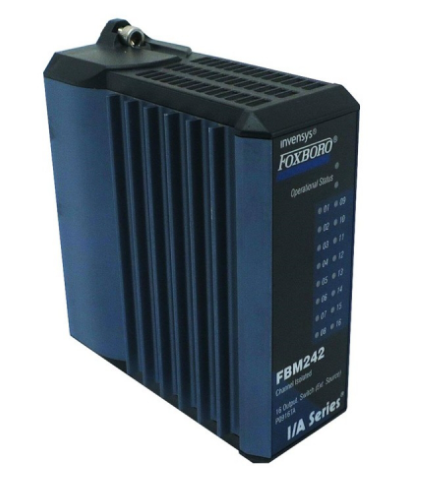
- User name Member Level Quantity Specification Purchase Date
- Satisfaction :
-









Email:wang@kongjiangauto.com




